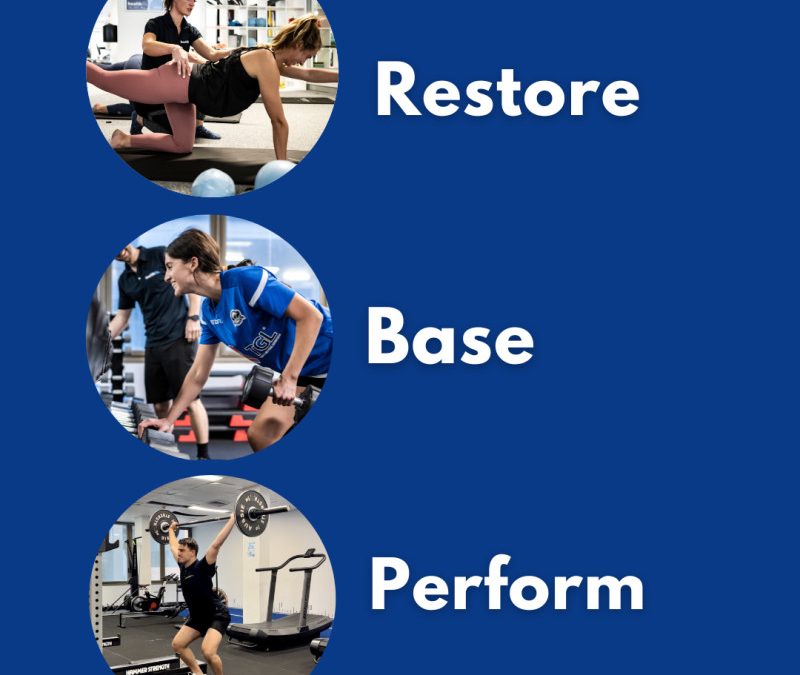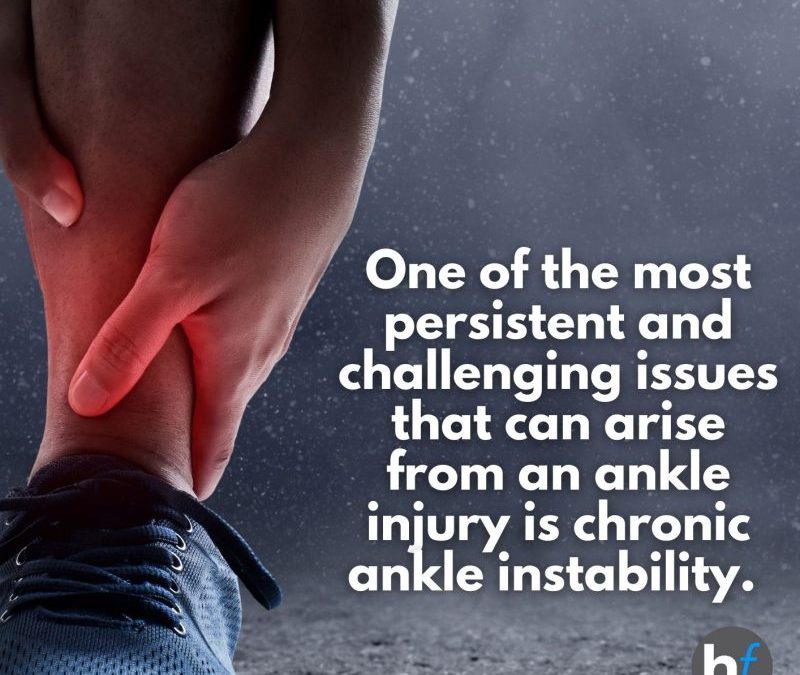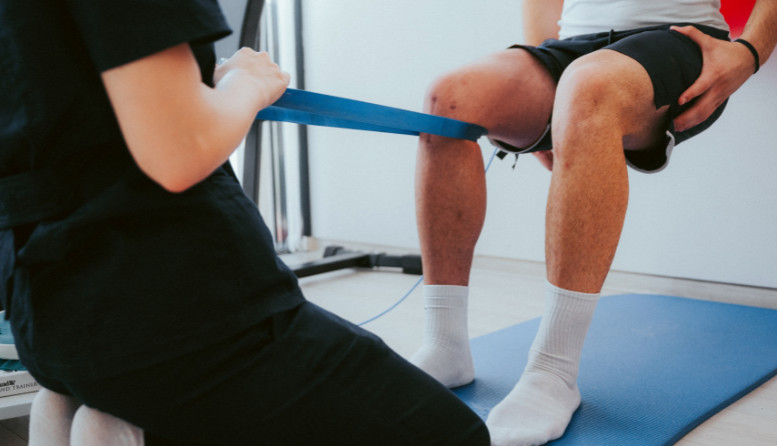
by Ash Cooney | Latest News
By Caitlan, Skillicorn, Senior Physiotherapist North Sydney A meniscus tear can be a significant setback for those who live an active lifestyle. Whether it be due to a sudden twist during your social basketball competition midweek or a misstep during your...

by Ash Cooney | About Healthfix, Latest News, Physiotherapy
At Healthfix, we’re changing the game in physiotherapy here in North Sydney. We combine the know-how of physiotherapy with group classes to help you not just recover, but truly transform your health for the better. Our goal? To help you get healthy and stay...

by Ash Cooney | Conditions, Latest News, Physiotherapy
Welcome to the first instalment of our blog series on injury prevention and recovery at HealthFix. In this blog, we’ll focus on a critical aspect of your well-being: ankle health. Whether you’re an athlete aiming for peak performance or someone seeking to...

by Ash Cooney | Latest News
By Caitlan Skillicorn, Senior Physiotherapist on behalf of the Healthfix Physiotherapy team Hello, Healthfix Community! At Healthfix, we’re committed to your well-being and providing the best care possible. Today, we want to share our perspective on a recent...

by Ash Cooney | Conditions, Physiotherapy
Living in a sports-loving nation like Australia, it’s no surprise that many individuals, both athletes and non-athletes, turn to sports as a means of recovery after surgery. However, successful rehabilitation requires a proactive and preventative approach,...






